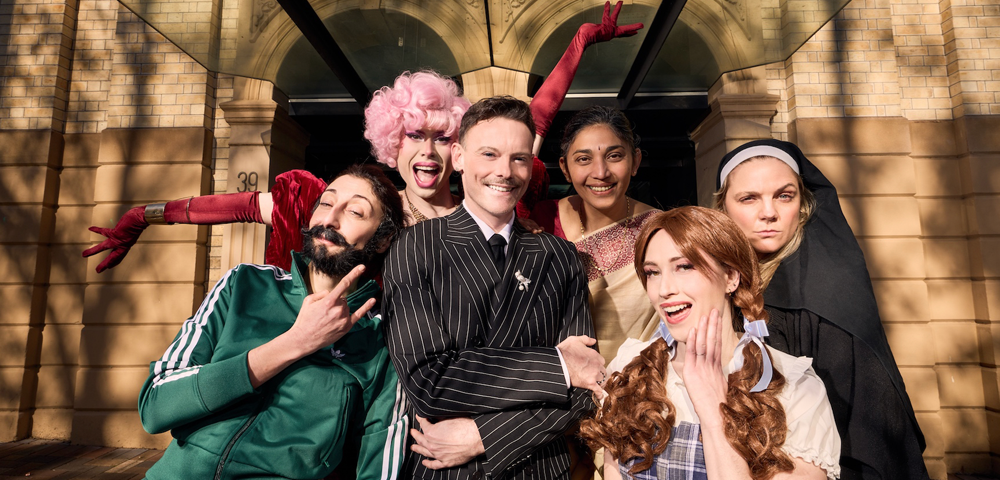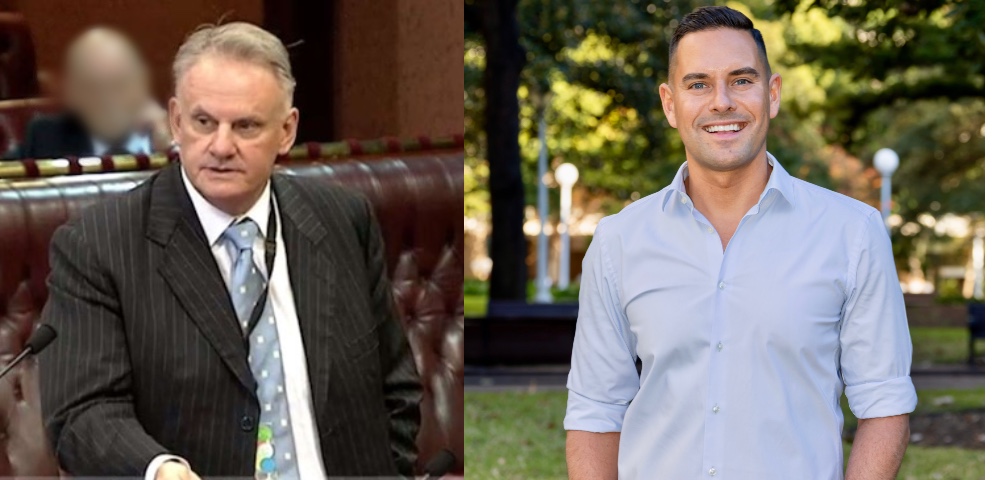
Multimillion dollar upgrades for National Art School
By ALLISON HORE
The National Art School in Darlinghurst is set for a multi-million dollar upgrade thanks to the NSW government’s funding pool to revitalise the state’s arts and cultural venues.
“I am delighted to announce the NSW Government’s commitment of over $18 million for critical maintenance and upgrades to make the site safer and more accessible for us all,” NSW Minister for Arts Don Harwin announced.
Since 1922 the National Art School has called the former Darlinghurst Gaol home. All 23 buildings on site will benefit from the upgrades.
These buildings include studio and workshop spaces, a gallery, a library, a café, a print lab, administrative and office spaces and a large theatre space used for commercial venue hire.
Remediation work will also be taken to repair the site’s 200-year-old sandstone walls.
“The sandstone walls on Forbes Street and Darlinghurst Street will be remediated, walkways will be improved, and the Cell Block Theatre will be upgraded to enable it to be used by more members of the public as an extraordinary performance venue,” said Mr. Harwin.
Before becoming a prestigious art school and incubator for one in five Archibald Prize winners, the building was the site of one of Australia’s most infamous prisons. Australian poet and writer, Henry Lawson, who served time for public drunkenness, even documented his experience in the prison in his poem “One Hundred and Three”.
Minister Harwin hopes the face lift will mean the history filled sandstone walls will be around for future generations of artists to learn within. He said the focus of the renovations will be on preserving the building’s heritage whilst making it more accessible.
“Housed in the old Darlinghurst Gaol, the National Art School has a rich and layered past which should not only be celebrated but conserved for generations of Australian artists to come,” he said.
A grim past
Building work on the Darlinghurst gaol began in 1821 and the iconic sandstone walls were finished in 1824 through the use of convict labour. But due to a lack of funds, the site sat empty for 12 years before construction work began again.
The first prisoners occupied the gaol in 1841. Notable inmates included Thomas and John Clarke, bushrangers from the Shoalhaven region and Henry James O’Farrell, an Irish Australian who was the first person to attempt a political assassanation in Australia.
Sir George Richard Dibbs, three time NSW premier, was also held at the gaol for slander.
Throughout its history, over 70 prisoners were hung at the gaol. Regular public executions were held on makeshift gallows outside the gaol’s gates on Forbes Street as well as private executions inside the gaol’s walls near the intersection of Darlinghurst Road and Burton Street. The last hanging at the gaol was in 1907.
But that wasn’t the end of the building’s grim history. After the gaol closed in 1914 and prisoners were transferred to the new Long Bay Jail, the building was used as an internment camp during World War I.
The site was then transferred to the New South Wales Department of Education in 1921 who adapted the building to be used by the East Sydney Technical College. The college moved their art department there in 1922. Since then, the building’s colourful history has inspired generations of artists including fashion designer Alex Perry and painter Ken Done.
Steven Alderton, National Art School CEO and Director said the announced renovations were “fantastic and uplifting way to end this difficult year”.
“Our historic Darlinghurst Gaol site is one of the most important in Sydney and this funding allows us to undertake crucial restoration and repair work, as well as expand our public engagement with the new museum and gallery and upgraded Cell Block Theatre,” he said.
The works are part of the NSW Government’s $120 million budget for improving the “accessibility, sustainability and functionality” of art venues across the state. Funding for the project was also provided through the Minister’s Stoneworks Program.









